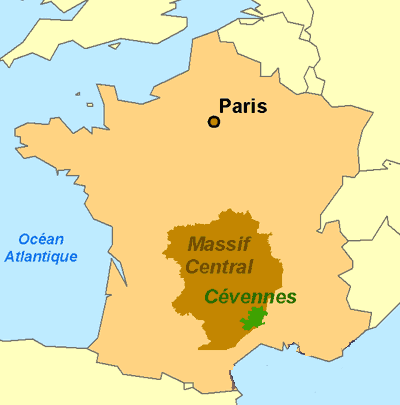August 29, 2021 In 1934 the French government banned six varieties of wine that had been created years earlier by crossing native varieties —merlot, Cabernet sauvignon, etc— with some hardy American varieties that had been imported in the 19th century to provide phylloxera-resistant rootstocks. (The phylloxera that loused up the French wine industry had been introduced earlier by vines imported from the US, but that’s another story.)
According to a piece in the NY Times by Norimitsu Onishi, French winemakers claimed that the part-American hybrids “smelled like fox urine.” The government, in banning them, said the hybridized varieties were “bad for human physical and mental health — and produce bad wine.”
But the ban was never total; six hybrid varieties could still be grown for family consumption. And so it came to pass, Onishi explains, that “the American hybrids thrived all over France. Sturdier and easier to grow, they were especially popular in rural areas like the Cévennes. Families planted them on hillsides where other crops were impossible to grow… The jacquez became part of the folklore of the northern Cévennes… In the southern Cévennes, the clinton (pronounced clain-ton) reigned.”
Today, “The hardiness of the American varieties has given a lift to guerrilla winemakers… as climate change wreaks havoc on vineyards across Europe and natural wines made without the use of pesticides have grown in popularity.”
A winemaker named Hervé Garnier, who bottled 3400 gallons of jacquez last year, “got around the ban by creating a cultural, noncommercial association, Memory of the Vine. A membership fee of 10 euros, or about $12, yields a bottle.”
Onishi notes that “Despite France’s pledge in 2008 to halve the use of pesticides, it has continued to rise in the past decade. Vineyards occupied just over 4 percent of France’s agricultural area but used 15 percent of all pesticides nationwide in 2019, according to the Agriculture Ministry.”
According California’s Ag Ministry, in 2019-20 wine grapes were grown on 590,000 acres, to which 3,018,688 pounds of various pesticides were applied —a mere 1.4% of total pesticide use by California agribiz.
Salud.





